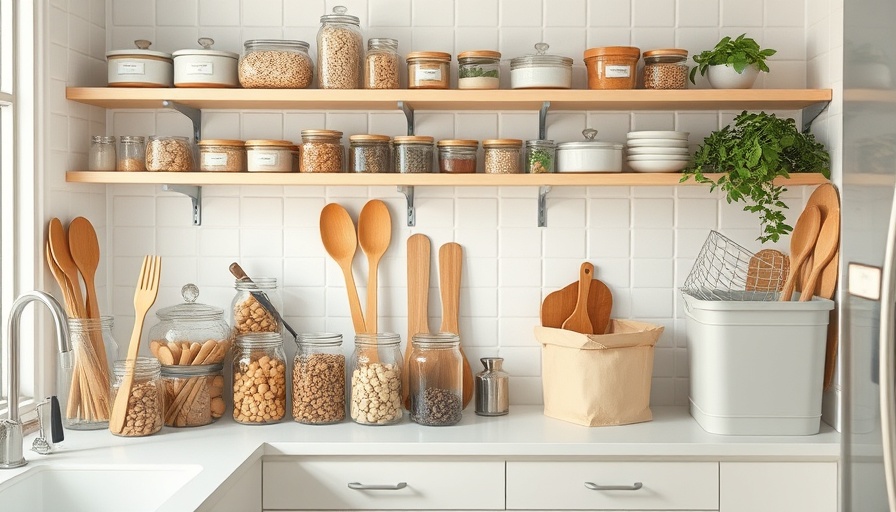
Transform Your Kitchen – 5 Essential Steps to a Zero-Waste Lifestyle
As we face a growing environmental crisis, the need for sustainable living is more pressing than ever before. Adopting a zero-waste kitchen is one of the most impactful steps you can take. Emphasizing the use of reusable materials and minimizing excess packaging can significantly reduce your environmental footprint while enhancing your culinary experience.
Understanding the Importance of a Zero-Waste Kitchen
Food waste constitutes a staggering environmental concern. The Environmental Protection Agency (EPA) reports that 66 million tons of food waste were generated in the U.S. alone in 2019, most of which ended up in landfills, exacerbating the greenhouse gas emissions crisis. By transitioning to a zero-waste kitchen, we not only reduce waste and emissions but also address issues like food insecurity, which affects over 2 billion people globally.
1. Audit Your Waste: The First Step to Change
Your journey begins with understanding what enters and leaves your kitchen. Spend a week tracking your waste—categorizing food scraps, packaging, and single-use items. This practice allows you to pinpoint areas for improvement, such as eliminating plastic and reducing prep waste.
2. Master Meal Planning and Smart Shopping
Meal planning minimizes food waste by encouraging you to purchase only what you need. According to research by the National Zero Waste Council, nearly two-thirds of household waste could be prevented through better meal planning. Create lists based on planned meals, check your pantry before shopping, and consider local farmers’ markets or bulk stores to reduce packaging.
3. Choose Bulk Buying for Sustainable Savings
Buying in bulk not only reduces waste but also saves money. Many stores offer options for purchasing grains, nuts, and other staples without excessive packaging. By using personal containers, you contribute to sustainability—plus, proper storage in reusable jars can extend the shelf life of your goods significantly.
4. Reusable Alternatives: A Practical Transition
Replace single-use items with sustainable choices: swap paper towels for reusable cloths or invest in compostable dishcloths. Such transitions help decrease your kitchen’s plastic footprint while promoting a circular economy spirit.
5. Composting: Closing the Loop
Composting is an invaluable step to achieving a zero-waste kitchen. Instead of discarding scraps, create a compost system to enrich your garden soil, thus fostering a more sustainable home ecosystem. Not only does this reduce landfill waste, but it also yields a tangible product that can support your gardening efforts.
Embracing a zero-waste lifestyle starts with you. Taking these practical steps will not only enhance your cooking habits but also empower you to contribute positively toward our planet’s future. Ready to take action? Consider incorporating these tips into your daily routine and transform your kitchen into a sustainable haven.
 Add Row
Add Row  Add
Add 




Write A Comment